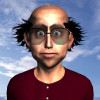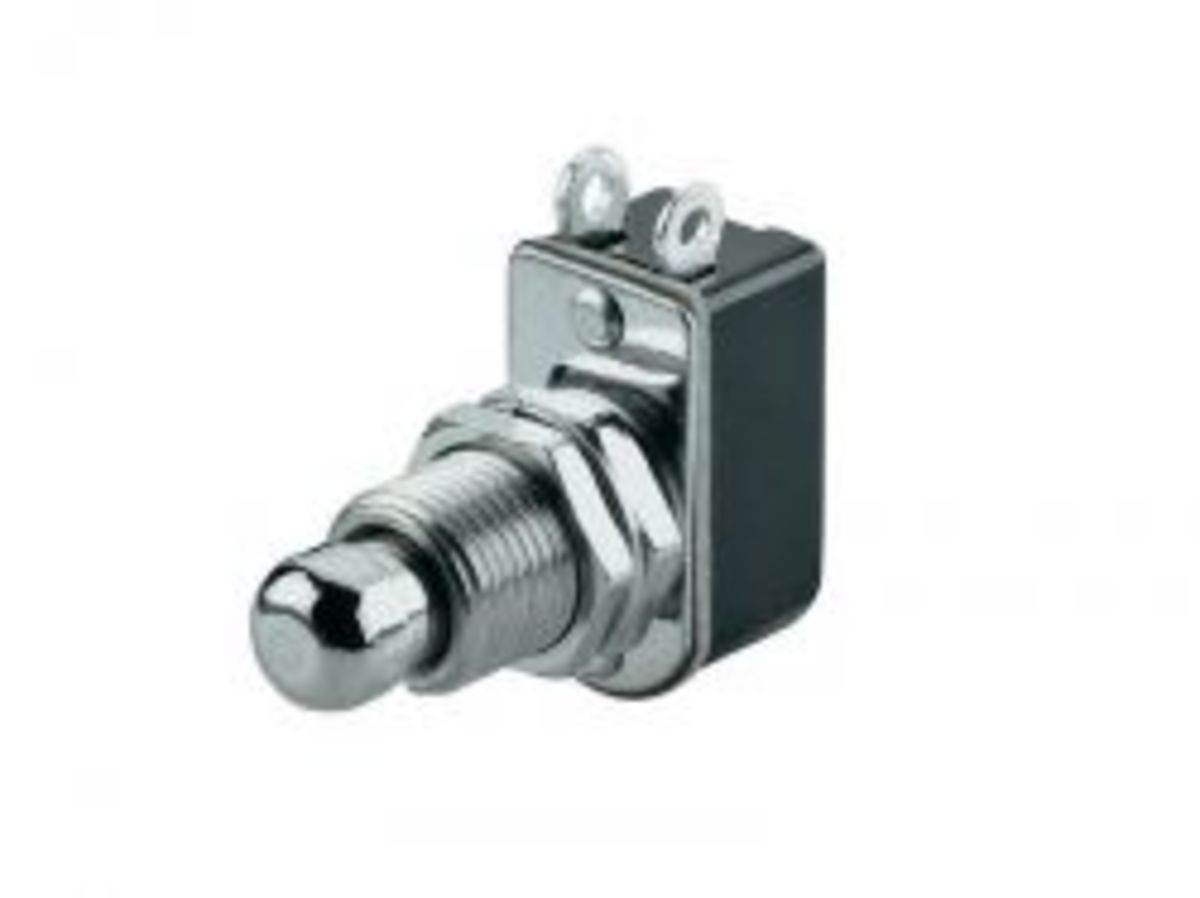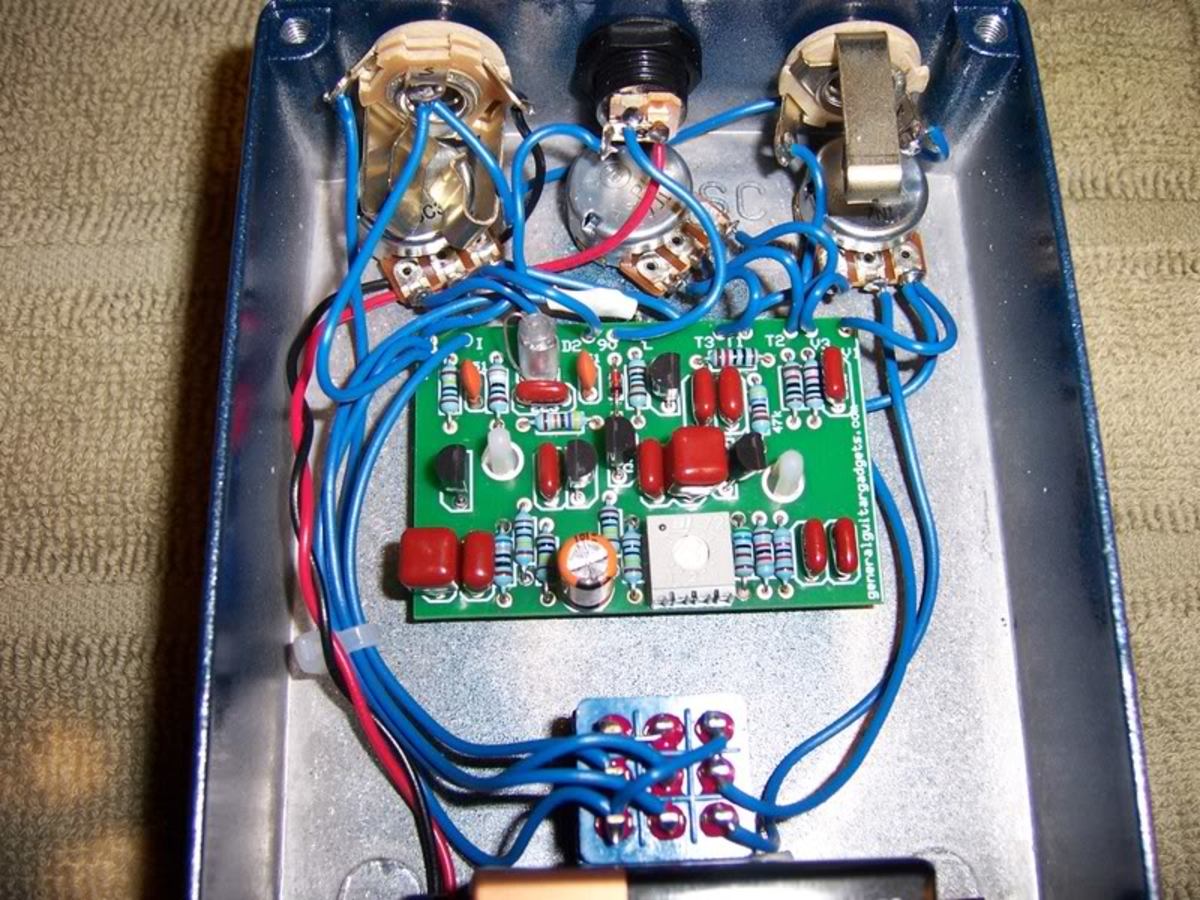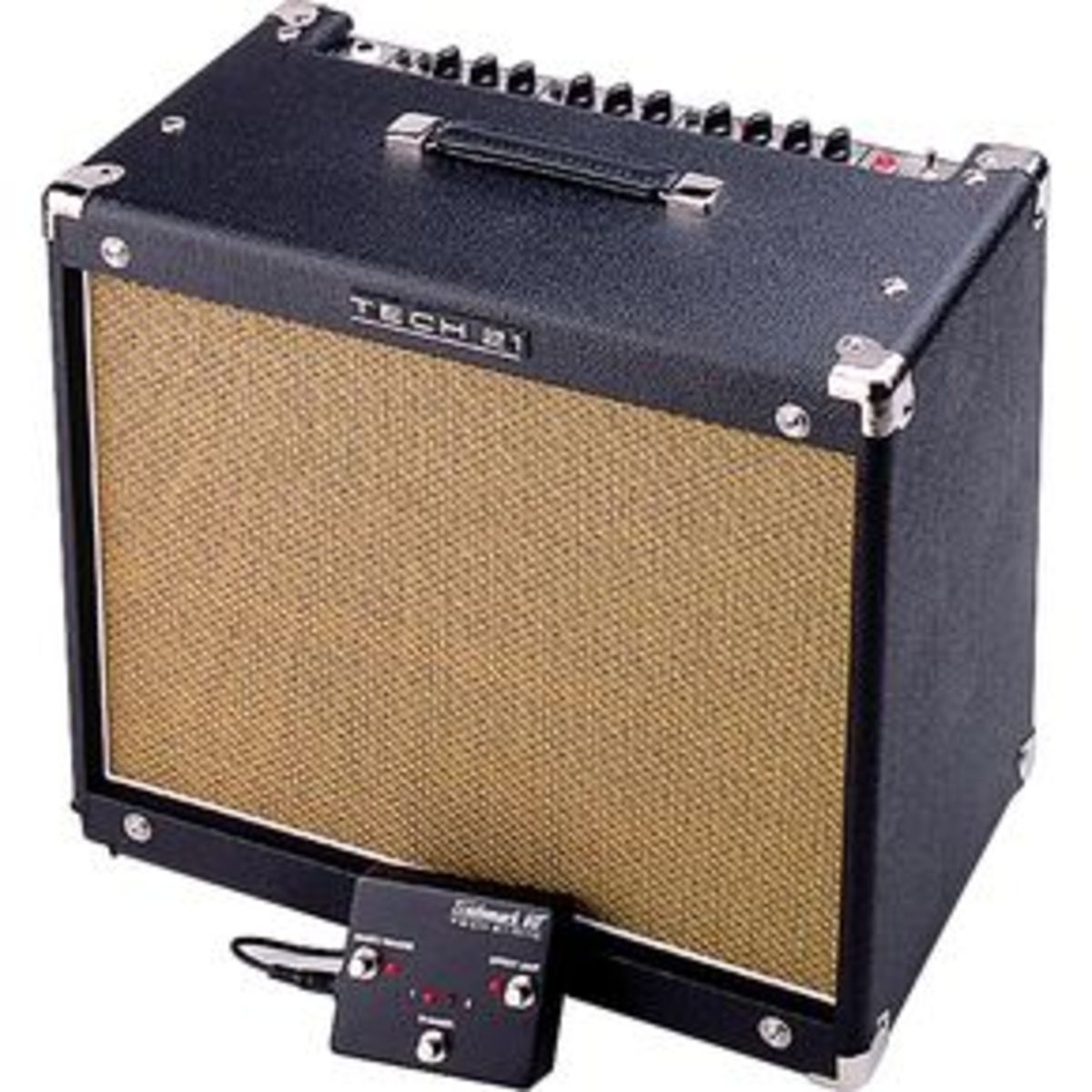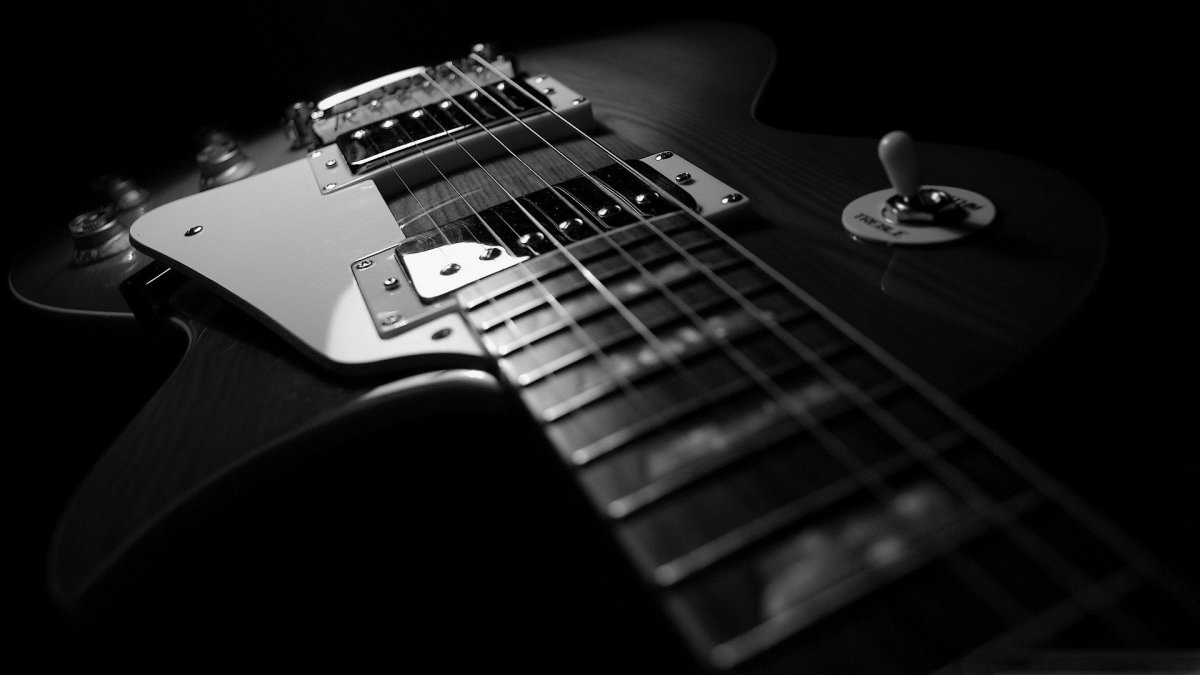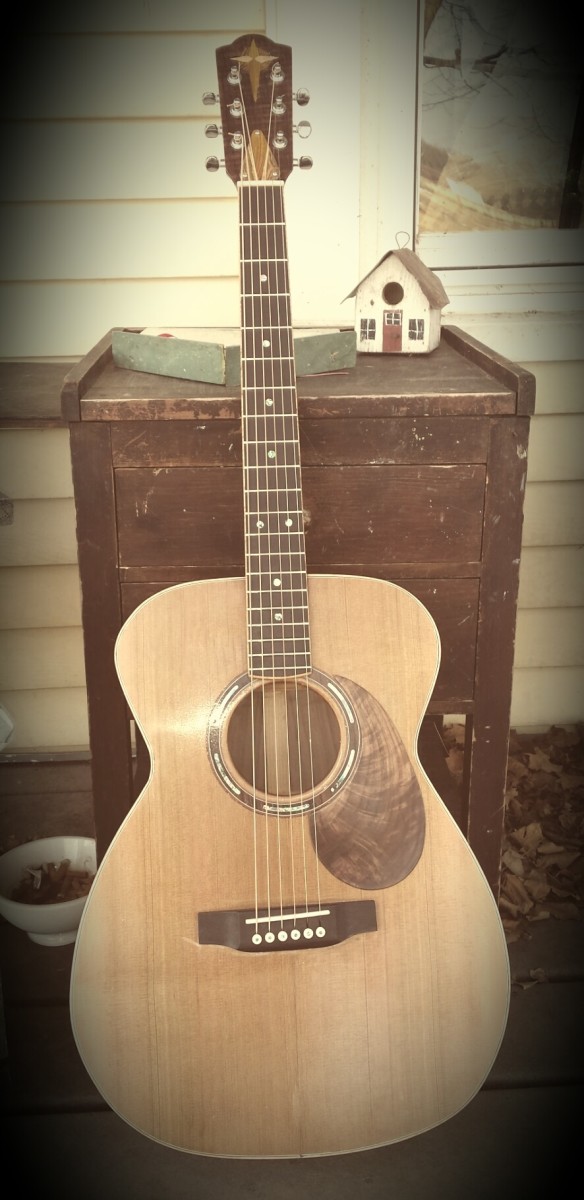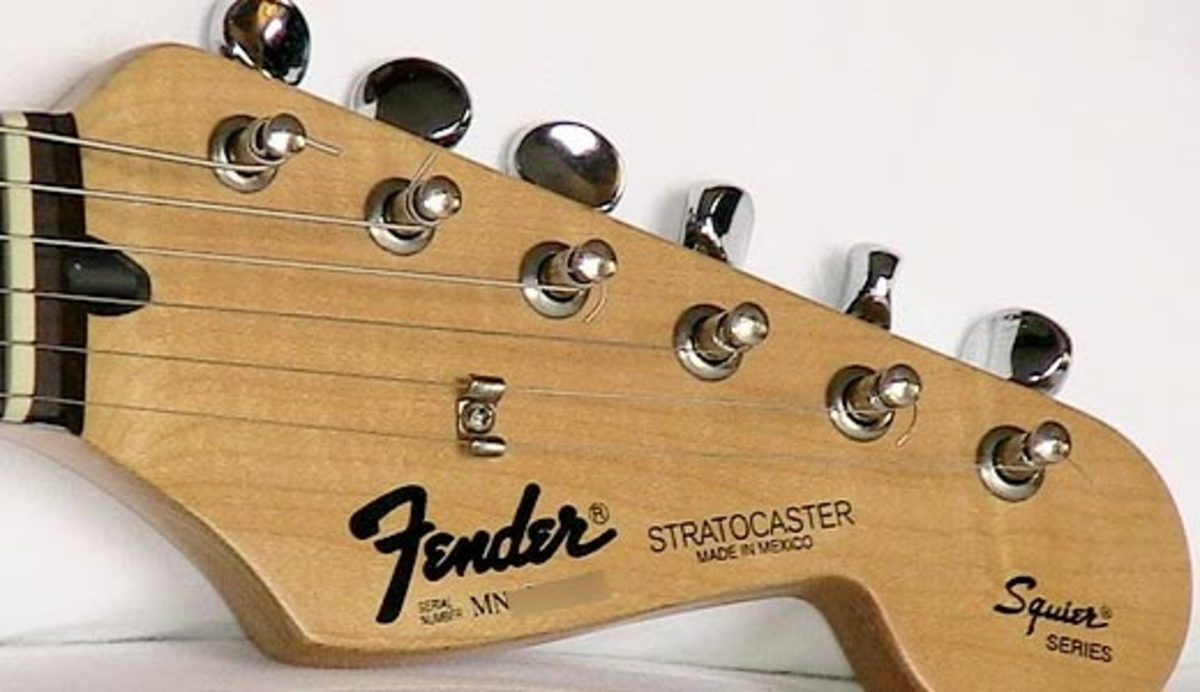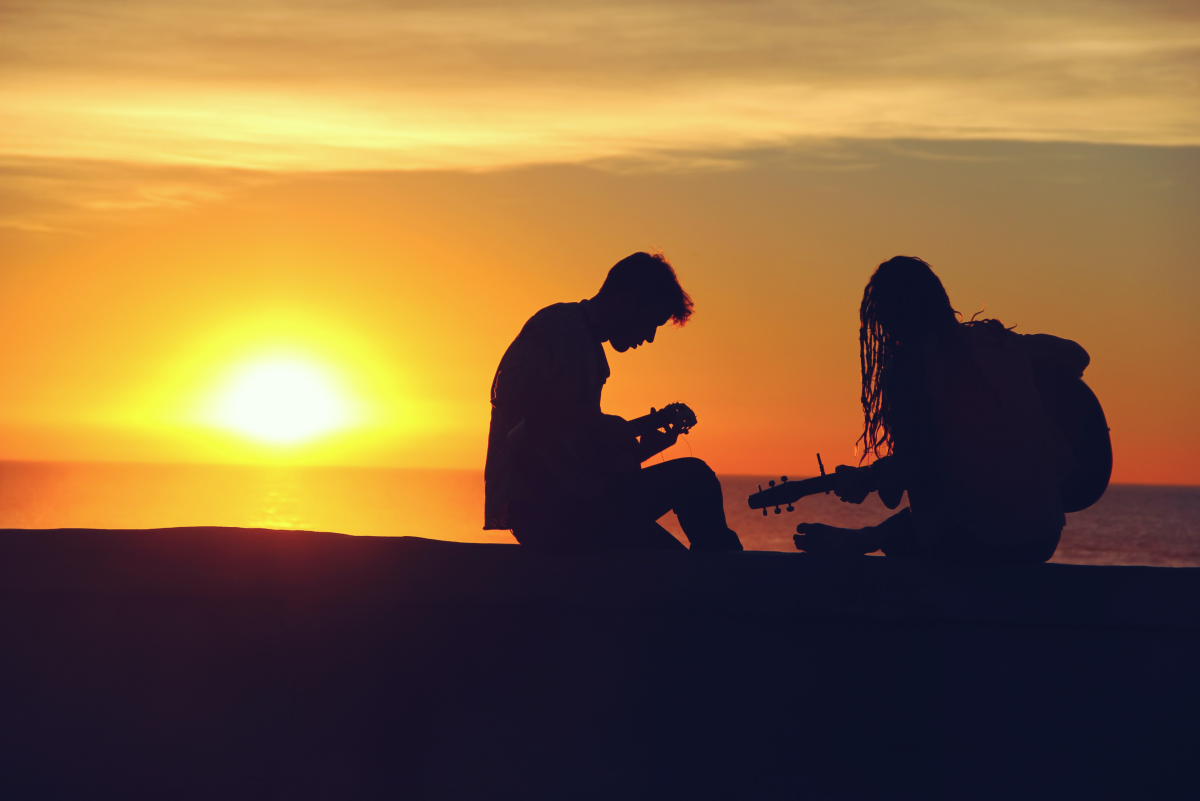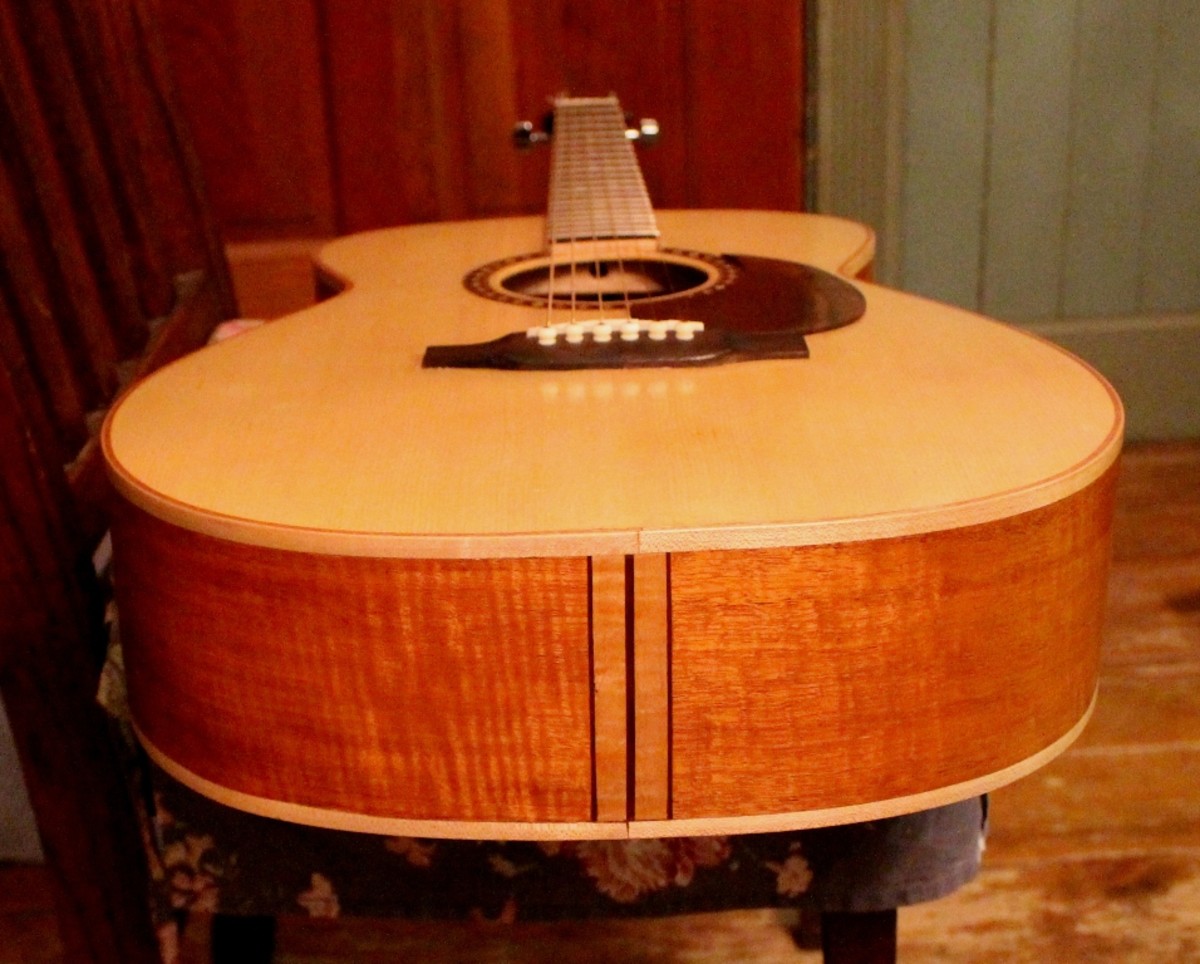Recommendations for Guitar Effects Pedal Order
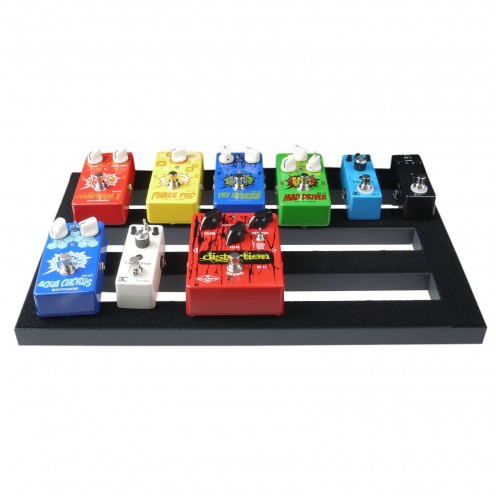
Introduction
I have a couple of pedal boards with numerous guitar effects pedals on each of them. I have experimented with the order of them and I have also done a lot of research on the subject as well. So I base my recommendations regarding guitar effects pedal order on the factors of research, experimentation and experience.
I will provide you with the reasoning behind my decisions regarding guitar effects pedal order. Then you can see as to why I made the choices I have made and in the cases where I offer a choice between two different approaches, you can experiment for yourself to determine what you think works best for you.
My hope is that, after reading this article, you could save yourself a lot of time in setting up the order of your pedals. I have looked up a lot of articles online to see the recommendations of others. They were individual recommendations regarding specific types of pedals. For instance, should modulation effects go before reverb or should the reverb go before the modulation effects? Should the noise gate go before the distortion or afterwards? I will reveal what I do and give you my reasons why. Then you can heed all of my advice, heed some of my advice or completely disregard it all. It's really all up to you in the end.
Now, just in case you were wondering as to the reasons why effects pedal order matters, I can sum it all up with just four words and they are clarity and sound quality. If certain effects pedals are placed in the wrong order, it will sound like an indistinguishable mess. It will be noisy, hissy and just sound terrible. Now, who wants that? I certainly don’t and neither should you.
The Basic Order I place My Pedals In
The basic order I place my pedals in and would recommend to you is as follows: Auto Wah-Compressor-Equalizer-Boost-Distortion-Noise Gate-Modulation-Delay-Reverb. This order spans two separate pedal boards. I have multiple distortion pedals as well as a few different types of modulation pedals but the categories of pedals are all grouped together. As an example, all modulation effects are grouped together, just as all of the distortion pedals are grouped together.
This is obviously the most logical approach to take because distortion is distortion and the only real difference is the distortion type. You may have tube overdrive, fuzz or heavy type of distortion. I place all of my modulation effects pedals after all of the distortion pedals. I do not mix the effects types, they all have their own group in which they are kept. So without further ado, I will get into the specifics by breaking it all down into three different groups of three effects pedal types.
Auto Wah, Compressor and Equalizer
I start out with my auto wah pedal. It is one that produces a wah effect without the use of a foot pedal with a variable resister that you would pump back and forth as you are playing. The auto wah goes by the dynamics of your playing. The harder you pick, the heavier the wah sound. Some manufacturers may refer to them as a dynamics wah. Some refer to them as an auto filter since it is called a filtering effect.
Some guitarists like to place the wah pedal after the distortion pedal but I prefer to place it before because it actually strengthens the effect. I have seen some combination fuzz and filter effects that actually have a switch that allows you to change the order. I place the Auto wah, compressor and EQ pedals all before the distortion. I place the auto wah before the compressor because the compressor limits the dynamics of your playing. Since the auto wah is built to be responsive to your playing dynamics, it would make no sense to limit the dynamics of your playing prior to going into it.
The compressor then goes before the EQ pedal. One of the things a compressor does is increase the volume of the quieter parts and lowers the volume on the louder parts, thereby creating a more consistent volume level as you are playing. It also helps to add sustain by boosting the quieter parts. That is mostly what I use a compressor for, to increase sustain. This comes in real handy at lower volume levels because you will have less resonance coming from your speaker cabinet at lower volume levels.
The equalizer goes after the compressor because it is used to boost and/or cut various frequencies. That means that various frequencies have their volume either cut or boosted. If you place the EQ before the compressor, the compressor will just even out, to some degree, the volume of all of the frequencies and cause the EQ to be less effective. Remember, the whole point of using an EQ is to boost and/or cut various frequencies.
Boost, Distortion and Noise Gate
After the auto wah, compressor and EQ pedals, I have the boost, distortion and noise gate pedals. I place the boost pedals before the distortion pedals because I have single-coil pickups and they are lower output than humbuckers. So, to boost the output, I use a boost pedal. But I like to have a cleaner sound for rhythm guitar work than for the lead solos, so I will generally leave the boost pedal off for the rhythm parts and switch it on for the lead solos. Putting the boost before the distortion pedal will not only boost the volume but also increase the amount of distortion. You could also use another distortion pedal as a boost if you so desire. Tube Screamers are often used as either a clean boost with the gain all the way down or as a dirty boost with gain added.
The noise gate goes after the distortion pedals. I have heard of people using a noise gate before distortion and really can’t imagine why. The distortion pedals are what produces the most noise in your signal chain. Some make the case that since some single-coil pickups are noisy and produce a bit of hum, that you have a noise gate immediately after the guitar. I have what are called “noiseless” single-coil pickups in my Fender Strat. They really don’t produce any noticeable hum at all. But if you did have that issue, you could use two noise gates. One immediately after the guitar and one after the distortion. You see, the distortion produces the most noise and just placing a noise gate before your distortion will not really do anything to eradicate or limit that noise.
I use my noise gate before my modulation effects because as long as no sound is produced from my guitar (including hiss, noise or hum), you won’t hear the modulation effects. So that’s why I make the case for putting it just after the distortion pedals.
Modulation, Delay and Reverb
There are a number of different modulation effects. Things like: chorus, vibrato, tremolo, flanger and phase shifter. There are a few that I’ve neglected to mention but these are the more common ones in use. Of them all, I would have to say that chorus is probably one of the more popular modulation effects. So, as an example, I’ll explain why I place the chorus after the distortion and before the delay and reverb effects.
I place the chorus after the distortion because placing it before the distortion sounds way too muddy and it really just lacks clarity. I have heard of some people placing it before distortion to achieve a “unique” effect but it’s just not a very clean sound at all, in my book. It sounds so much cleaner when placed after distortion.
I place the chorus before delay and reverb for one simple reason and that is because I feel it provides more of a natural sound that way. A chorus pedal is designed to create an effect similar to hearing more than one instrument being played at once. It thereby gives the sound more depth. The concept is similar to an orchestra (multiple instruments playing simultaneously) in a concert hall. You have the original sound of your orchestra and then you have the sound that bounces off of the walls in the concert hall. That is your reverb. And, coincidentally enough, one of the popular forms of reverb types is hall reverb. That’s actually my favorite reverb type and I use that much more than plate or spring reverb. So that’s why the chorus goes before the reverb as well as the delay, since delay is just another form of echo.
Now, the delay goes before the reverb for a couple of reasons. For one, delays can be used to create a doubling effect, which is essentially creating the impression that more than one instrument is being played at a time. So, you place it before the reverb for the same reason you would a chorus pedal. But it also works better before the reverb because it can be set for multiple repeats and each repeat can have a reverberation effect applied to it. Delay and reverb go very well together and add a bit of ambiance and depth to your sound. I like to use both simultaneously. Mostly with a quick slap-back delay and hall reverb combined.
The only thing about placing your modulation effects before delay and reverb is that the delay and reverb effects will strengthen the modulated sound. So you may have to cut back on the level of the modulation in order to keep it from becoming too strong. But I like the sound of the modulation being echoed to some degree. You can place the modulation effects after the delay and reverb but I prefer the sound of modulation being before the delay and reverb effects. You may want to experiment with that yourself to determine your preference.
Summary
So, I have given my reasons for the order in which I place my guitar effects pedals. I like to think that it is a logical order with some thought and consideration behind it. I have read a good number of online articles on the subjects and have tried out various recommendations set forth in them and have reached the conclusions I have outlined above. So now you can take this all into consideration, experiment yourself and then draw your own conclusions. Good luck.
© 2019 Bob Craypoe
